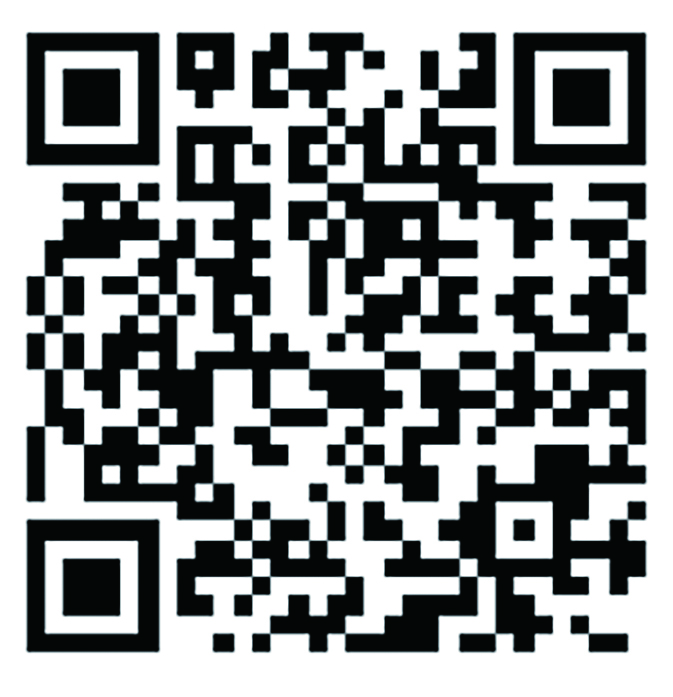目的探讨小剂量替罗非班治疗非ST段抬高型急性冠脉综合征(ACS)患者的临床效果以及对血浆血管紧张素Ⅱ(AngⅡ)、血管紧张素(1-7)[Ang(1-7)]水平的影响。方法选取2016年8月至2019年8月我院心内科收治的非ST段抬高型ACS患者112例,随机分为两组,观察组患者给予小剂量替罗非班治疗,对照组患者给予常规剂量替罗非班治疗。治疗24 h后,比较两组患者的临床疗效,检测比较两组患者治疗前后的血浆AngⅡ与Ang(1-7)水平。出院后随访1个月,比较两组患者的主要心血管事件和出血并发症的发生情况。结果治疗24 h后,观察组患者的临床疗效显著优于对照组,差异有统计学意义(P<0.05)。治疗前,两组患者的血浆AngⅡ、Ang (1-7)水平比较,差异无统计学意义(P>0.05)。治疗24 h后,两组患者的血浆AngⅡ、Ang (1-7)水平均显著降低,观察组患者的水平显著低于对照组,差异有统计学意义(P<0.05)。出院后随访1个月,两组患者的主要心血管事件发生率比较,差异无统计学意义(P>0.05);观察组患者出血并发症的发生率(19.6%)显著低于对照组(42.9%),差异有统计学意义(P<0.05)。结论小剂量替罗非班治疗可有效提高非ST段抬高型ACS患者的临床治疗效果,显著降低血浆AngⅡ、Ang (1-7)水平以及出血并发症的发生率。
当前位置:首页 / 小剂量替罗非班治疗非ST段抬高型急性冠脉综合征患者临床研究▲
论著
|
更新时间:2021-01-11
|
小剂量替罗非班治疗非ST段抬高型急性冠脉综合征患者临床研究▲
Clinical study of low-dose tirofiban in the treatment of patients with non-ST-segment elevation acute coronary syndrome
内科 202015卷06期 页码:647-649+653
作者机构:东莞市松山湖中心医院(东莞市第三人民医院)心血管内科,广东省东莞市523326
基金信息:▲基金项目:广东省科学技术厅科技计划项目(2017ZC0474)
- 中文简介
- 英文简介
- 参考文献
ObjectiveTo investigate the clinical effect of low-dose tirofiban in treating non-ST-segment elevation acute coronary syndrome (ACS) patients, and its effects on the levels of plasma angiotensin Ⅱ (AngⅡ) and angiotensin (1-7) [Ang (1-7)]. MethodA total of 112 ACS patients with non-ST-segment elevation admitted to the Department of Cardiovascular Medicine of our hospital from August 2016 to August 2019 were selected and randomly divided into two groups. The observation group received low-dose tirofiban for treatment, whereas the control group received a routine-dose of tirofiban for treatment. After 24 hours of treatment, the clinical efficacy of the two groups was compared, and the plasma AngⅡ and Ang (1-7) levels before and after treatment were compared between the two groups. The patients were followed up for 1 month after discharge to compare the occurrence of major cardiovascular events and bleeding complications between the two groups. ResultsAfter 24 hours of treatment, the clinical efficacy of the observation group was significantly superior to that of the control group, with a statistically significant difference (P<0.05). Before treatment, there were no statistically significant differences in plasma AngⅡ and Ang (1-7) levels between the two groups (P>0.05). After 24 hours of treatment, the plasma AngⅡ and Ang (1-7) levels of the two groups significantly decreased. The levels mentioned above of the observation group were significantly lower than those of the control group, with statistically significant differences (P<0.05). After 1 month of follow-up after discharge, there was no statistically significant difference in the incidence of major cardiovascular events between the two groups (P>0.05). The incidence of bleeding complications in the observation group (19.6%) was significantly lower than that of the control group (42.9%), with a statistically significant difference (P<0.05). ConclusionLow-dose tirofiban can effectively improve the clinical therapeutic effect of ACS patients with non-ST-segment elevation, significantly decrease the plasma AngⅡ, Ang (1-7) levels and the incidence of bleeding complications.
-
无




 注册
注册 忘记密码
忘记密码 忘记用户名
忘记用户名 专家账号密码找回
专家账号密码找回 下载
下载 收藏
收藏
